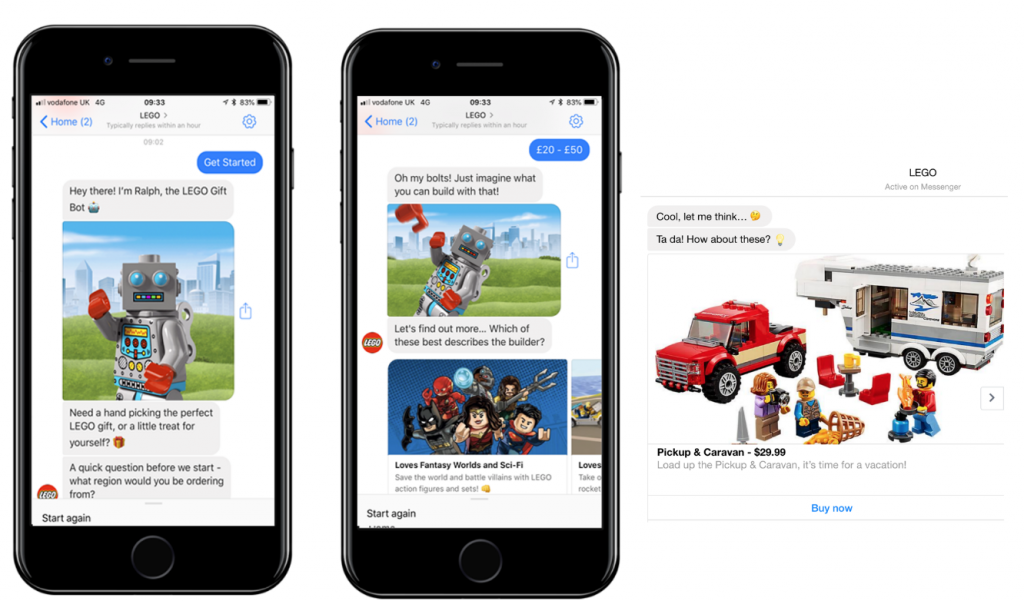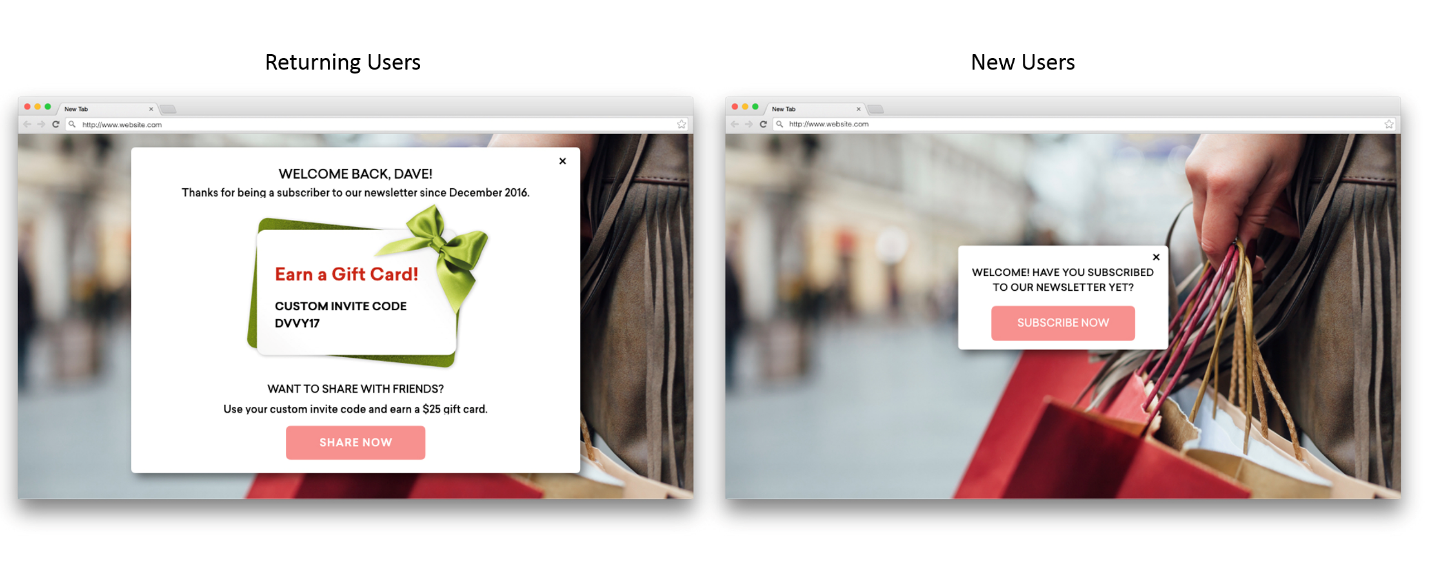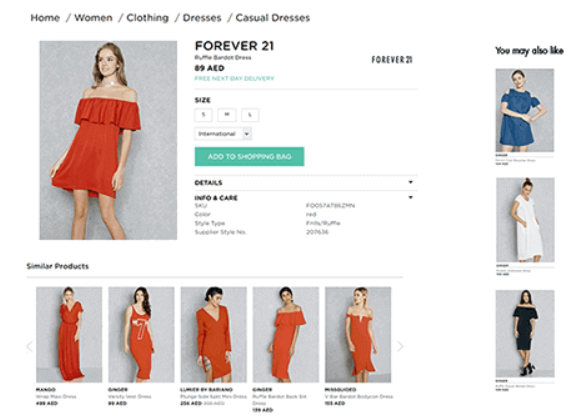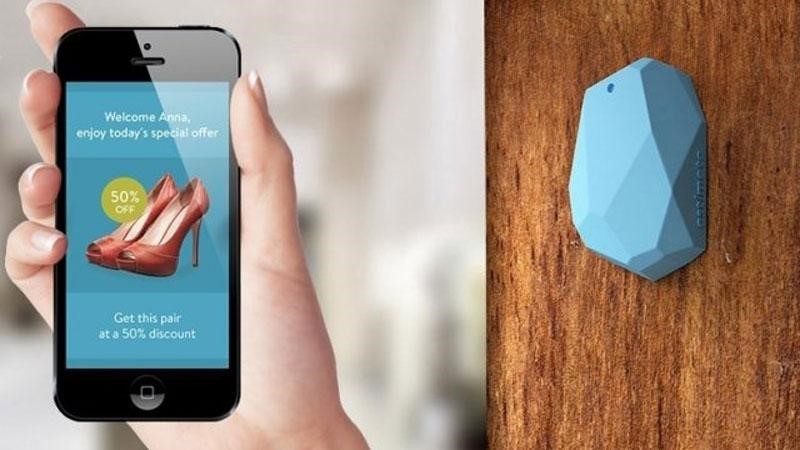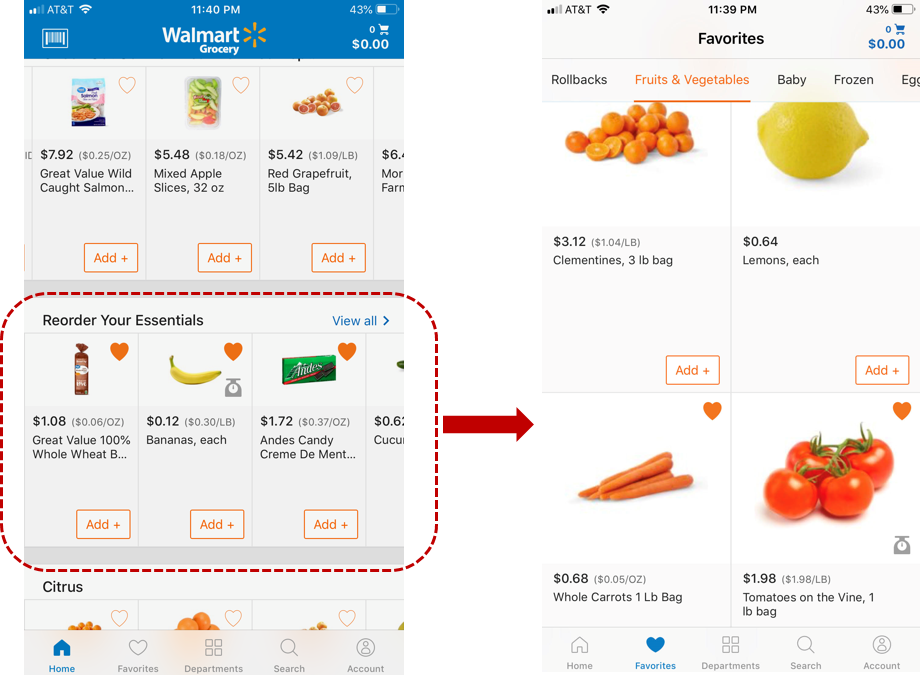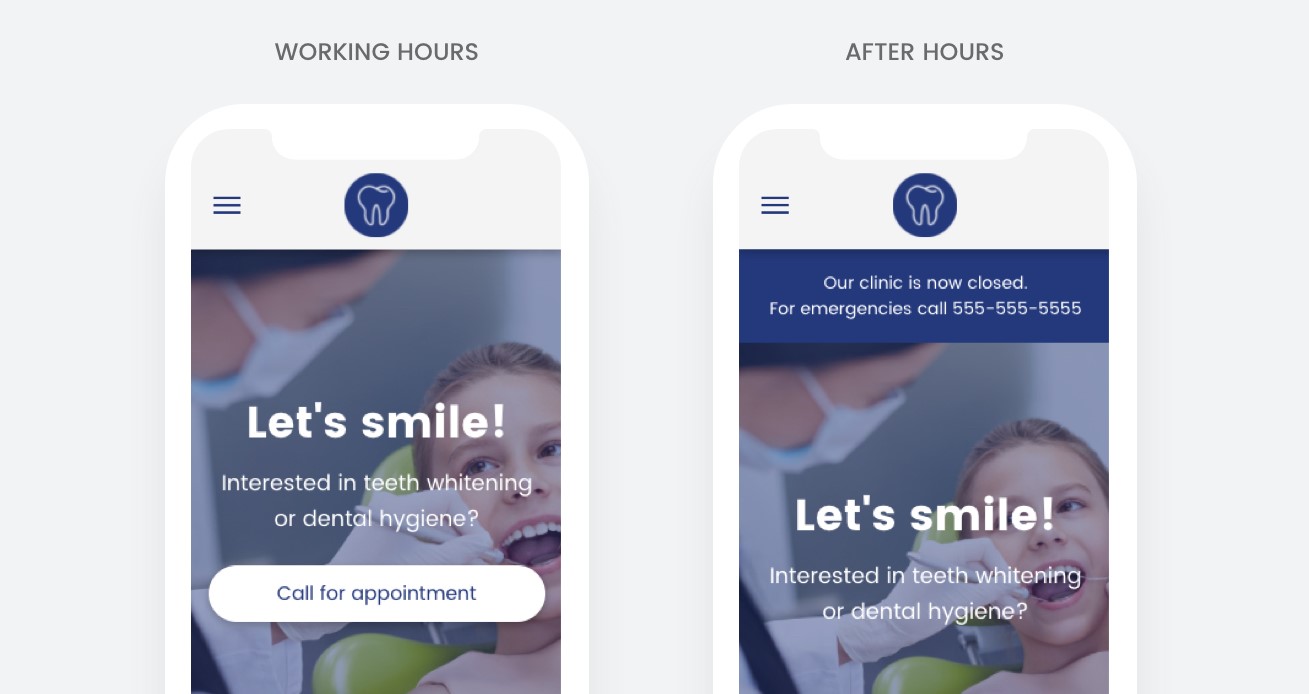The booming economy has been good to the retail industry. It’s slowly emerging out of the slump it was in over the last few years.
While a growth rate of ~2% may not sound groundbreaking, ecommerce looks to make up for traditional retail’s sluggish pace with a blistering 15% growth YoY in 2019.
Traditional retailers who’ve embraced ecommerce as a natural extension of their physical stores have clearly thrived. We now see that Nordstrom, Walmart, and a few others are growing their ecommerce businesses faster than Amazon.
This growth has come as retailers have learned to combine their traditional strengths, such as the ability to touch and feel products or take items home immediately, with the tech-enabled offerings of ecommerce.
Of these, which online feature promises the best bang for retailers’ bucks in 2019? Personalization.
Why? Because of its tremendous potential to trigger impulse purchases.
In a survey, 49% of customers reported that they bought additional items they were not planning on purchasing as a result of personalized shopping suggestions.
From a revenue growth point of view, the need for personalization in all forms of retail has never been more pressing.
So how can retailers individualize and improve the shopping experience for each and every one of their customers and keep their branding and communication consistent across online and offline channels?
Four ideas for how retailers can personalize experiences in 2019
1. Welcome like you mean it
We’ve been told ad nauseam that personalizing email subject lines helps open rates and conversions.
The jury is out on how effective it is to simply add someone’s name to an email subject line. But meaningful personalization does yield results that matter.
Acknowledge your customers when they return to your site after that initial exploratory visit.
Instead of simply saying “Welcome back,” why not offer them an incentive to invite their friends and family over with a special coupon?
Another easy way to personalize the experience for returning customers is to showcase the last item they browsed on your site. To do this, you can use a persistent shopping cart aided by cookies.
You could also offer product recommendations based on their browsing behavior on their previous visit.
Retailers have a ton of options here. Image recognition algorithms such as VueCommerce identify visually similar styles of the products your shoppers view and provide recommendations based on their style preferences.
The idea of helping returning customers pick up where they left off can be adopted in stores as well.
Use geo-fencing capabilities to send out simple push notifications to your users’ smartphones, reminding them of items that would be complementary to their last purchase.
Alternately, you can even push out a personalized promotion on products you know your customer will love based on data you’ve gathered about them.
2. Play favorites
Retailers in product categories that have high repeat purchase frequency can help users complete their shopping quicker by remembering their favorites for them.
In the example below, Walmart’s grocery app keeps a running list of frequently bought items. It then conveniently showcases a pre-filled shopping cart on their grocery app’s home page to enable frictionless, quick reordering.
Tweak this idea to an in-store setting by sending users a special limited time use coupon on their smartphones when they are in the geographical vicinity of your store. The coupon could be for items that they regularly buy. It would be a great way to get a user to visit your store even when they hadn’t originally planned on it.
In fact, data from Salesforce shows that 53% of shoppers who receive location based alerts go on and visit the retailer that sent them.
A solid 50% of these customers did not originally intend to visit the store and were driven to make the visit only thanks to the push notification.
3. Timing matters
The great Yogi Berra famously said “You don’t have to swing hard to hit a home run. If you’ve got the timing, it’ll go.”
Reaching out to your customers at the right time is half the battle won in marketing.
Now, thanks to technology, you have the tools to time your customer communications down to the second when you want a user to take a particular action.
You could turn to a web builder platform like Duda, which comes with built-in options to send out customized messages to your users based on factors like time of day, year, etc.
In the example below, users who land on the “Contact Us” page during working hours get to call and set up an appointment with the click of a button. If they land on the page after hours, they can fill out a short contact form and request a call back for an appointment the next working day.
Physical stores have been customizing their offerings to the time of day, month, or year forever now. Think of Christmas or Valentine’s Day, and you’ll get the drift.
But seasonal personalization doesn’t just mean thematic merchandise or store décor that matches the time of year.
Seasonal promotions that mirror the time of the year can actually make shoppers buy more. During seasonal promotions, retailers can lower the prices on thematic items to draw their customers in. So Halloween candy and costumes will be slightly cheaper during the season than otherwise.
The trick to being profitable is to tweak the prices of non-seasonal items to make up for the lower prices on seasonal fare. Shoppers who walk in to buy discounted Halloween candy at a Target store will likely also buy milk or shampoo that may make up for the promotional seasonal pricing on the candy.
4. AI in action
2018 was the year Artificial Intelligence, or AI, went mainstream.
In 2019, experimental AI will evolve into commercially viable applications that will include retail of course.
Another key trend from 2018 – live chat – has showcased how important it can be in helping online conversions. We’re seeing see mainstream retailers combining the power of AI with the direct impact of live chat to reach into shoppers’ wallets in the form of chatbots.
An AI-powered chatbot like the one Lego uses above draws the shopper into a natural conversation. It guides them through the purchase process without being too pushy or mechanical about it.
Responses are customized to users’ inputs. The bot draws on machine learning to respond correctly to users’ queries.
This investment in AI has paid off handsomely for Lego, with return on ad spend reaching 6X, combined with a 31% drop in cost per conversion.
In stores, augmented reality takes the place of basic AI and offers users a more enriching experience. Timberland turned a shop window in Poland into a virtual dressing room using some eye-catching AR.
A camera scanned the image of the shopper to reflect it on the AR screen. Then, the shopper could take their own sweet time trying out every possible style or outfit they fancied.
The initiative not only allowed users to experience different looks with ease, but also encouraged more store traffic by acting as a giant billboard in the store’s shop window.
2019 is the year for retailers to get even more personal
The research from Salesforce that we saw earlier also found that over half of all consumers would be likely to switch brands if the messages they received were not relevant to them.
As consumers clamor for more direct and meaningful conversations with brands, we now see practically viable ways to offer these rich experiences to users, at scale.
The question is no longer if you should offer your users personalized experiences. The real question is, why aren’t you offering them hyper-personalized, relevant shopping experiences yet?
Rohan Ayyar is Regional Marketing Manager at SEMrush.

